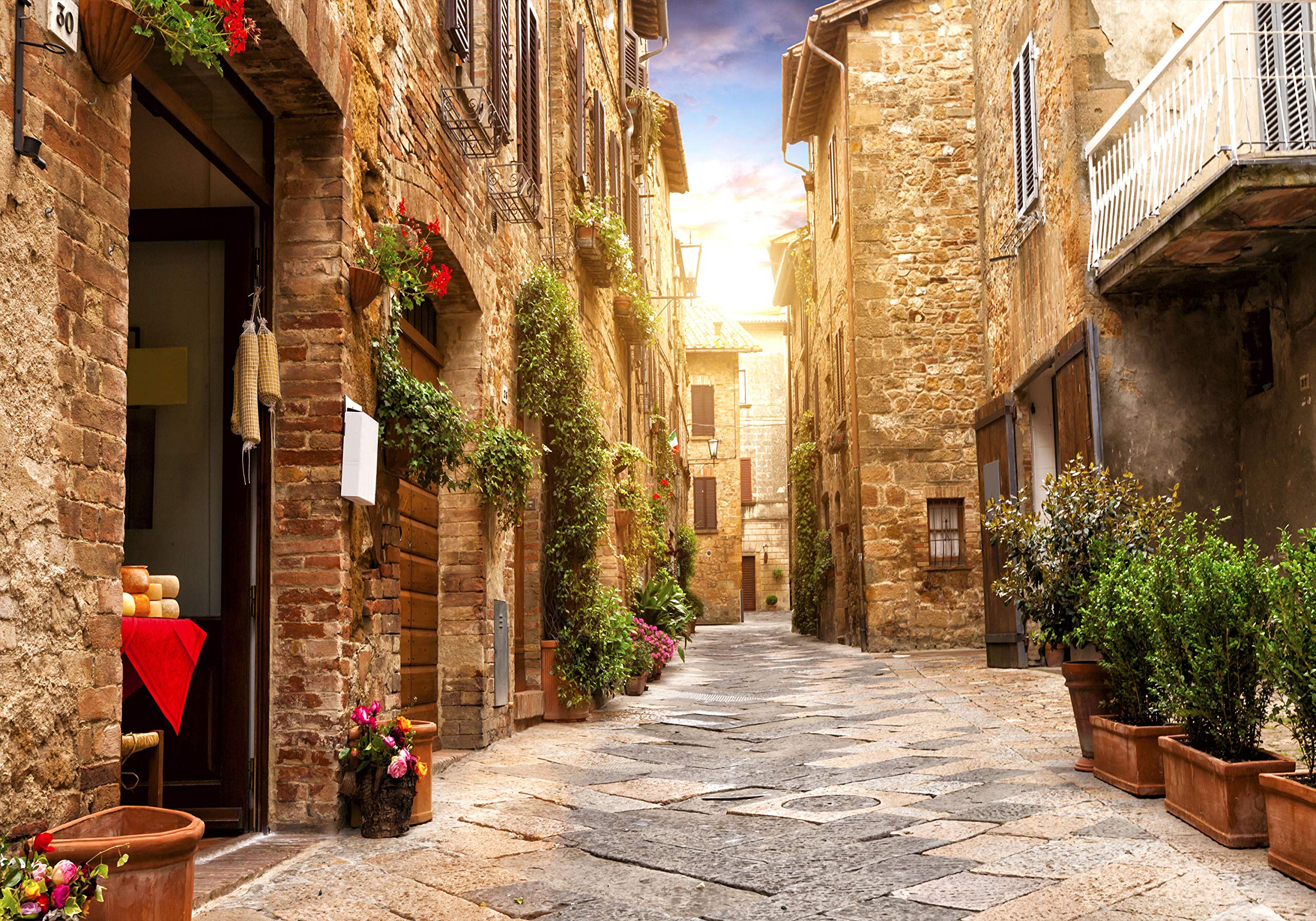Tour Val d'Orcia and Pienza: exceptional UNESCO sites

The Val d’Orcia Park of Art, Nature and Culture is a World Heritage site since 2004 for its excellent state of conservation of the landscape, source of inspiration for artists and authors among centuries. For its unicity, together with the Chianti, this is one of the most popular areas in Tuscany, and was also setting for some movies and advertising campaigns.
Pienza ideal city
In the heart of this beautiful environment, among hills and badlands, stands Pienza, basically developed around its main square, upon wich look out the residency of the Pope, the Cathedral, the town hall and the Borgia Palace. This gem is the first real expression of the Renaissance urbanistic concepts, after the decision of Enea Silvio Piccolomini, who then became Pope under the name of Pio II, to hire Bernardo Rossellino to transform his native village, Corsignano, into an example of ‘’ideal city’’.
This area is also known for its cheese production, which you can taste in the local shops of the town or in the surrounding farms.
San Quirico and Bagno Vignoni
In the Val d’Orcia you can also find San Quirico, a village which developed along the Via Francigena. In its center, San Quirico hosts the Romanic collegiate Church and the Horti Leonini Gardens, a green area inside the city walls, which often hosts exhibition of contemporary art sculpture. San Quirico is also famous for its olive oil production, and offers tours around oil mills inside and outside the city walls.
Near San Quirico stands the beautiful village of Bagno Vignoni,a thermal complex used ever since Roman times and also attended by St. Catherine. It ows its popularity to its ancient central pool, where warm water directly flows, which then heads to the Park of medieval mills, excavated into the rocks, which are extremely important for the local economy.
Montalcino and Sant'Antimo
On the sidelines of the Val d’Orcia park, towards the province of Grosseto, stands Montalcino,which dominates the area with its massive fortress. It’s a medieval town, rich in glorious remains, and last stronghold of the Sienese Republic before the ultimate conquer by the Medici family. Montalcino is very popular for the production of its famous Brunello, first DOCG wine, that you can taste in the renowed wineries of the area.
In the surroundings, stands the Sant’Antimo Abbey, in a green valley; this is one of the major monuments of Roman art, recalling French and Lombard models, inhabited over centuries by Benedictine monks and founded, according to the legend, by the emperor Charles the Great.
Montepulciano
Just between the Val d’Orcia and the Val di Chiana, you can find Montepulciano, a town of ancient Etruscan origin, adorned by beautiful Renaissance palaces, and renowed for its vineyards, from which the Nobile DOCG wine derives, which you can taste in the historic cells inside the town walls.
Abbazia di Monte Oliveto Maggiore
Along the Cassia road, in the area of the Val d’Arbia, near Buonconvento, there’s the crossroad that leads to theMonte Oliveto Maggiore Abbey, a wonderful monastic complex, surrounded by secular cypresses and cliffs, structured in buildings, chapels and cloisters, mother house to the Olivetan Order, founded by the Sienese noble Bernardo Tolomei, recently canonized.
Inside the Church, you can see the choir, one of the masterpieces of the Renaissance wood inlay for the variety of decorations and perspective views.
The Big Cloister is famous for the cycle of frescos realized by Signorelli and Sodoma, which portray scenes from St. Benedict’s life.
Asciano
Continuing towards the little village of Chiusure, you’ll enjoy the suggestive landscape of the Crete, among cracks, flounces and reliefs, and then reach Asciano which still preserves a typically medieval layout. The discovery of an Etruscan necropolis in the area witnesses ancient settlements, while the old town stores a big piece of a mosaic floor of the Roman period dated back to the 4th century.



